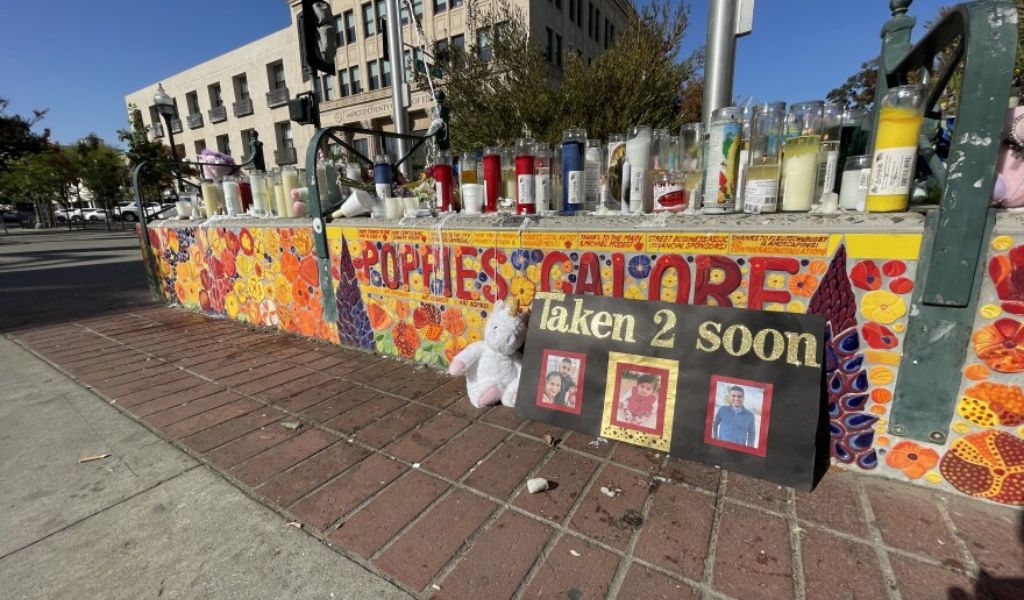When one thinks about California, they frequently picture Disneyland, Hollywood, or Silicon Valley. But the Golden State also has a darker side, with some counties having alarmingly high homicide rates. Among these counties is Monterey County, a charming coastal area in central California renowned for its natural beauty, historic sites, and agricultural offers. The Violence Policy Center (VPC) reports that it has California’s highest homicide rate among individuals aged 10 to 24.
What Is Unique About Monterey County?
About 440,000 people are living in Monterey County, and about 60% of them identify as Hispanic or Latino. The bulk of homicides that occur inside the county’s limits are committed in the city of Salinas.
Gang violence in Salinas has a long history, going back to the 1960s when the Nortenos and Surenos, two competing Mexican American youth factions, first appeared. These groups are involved in drug trafficking and extortion and are affiliated with larger prison gangs such as Nuestra Familia and the Mexican Mafia.
Salinas has seen an increase in gang violence in recent years as a result of social marginalization, unemployment, poverty, and a lack of education. Salinas’s poverty rate, as reported by the U.S. Census Bureau, is 16.5%, higher than the state average of 11.8%.
Compared to the state average of 6.2%, Salinas has a higher unemployment rate of 9.7% as of November 2023. Its high school graduation rate in 2022 was 82.9%, which was lower than the 86.6% average for the state. Due to a lack of prospects, many young people in Salinas turn to gangs in search of security, a sense of belonging, and money.
What Consequences Are There?
The devastating effects of the high homicide rate in Monterey County cause havoc for the families and communities affected by the crime. The county saw 35 killings among 10 to 24-year-olds in 2022, with the highest rate in the state (23.8 per 100,000), according to VPC.
The majority of the victims and offenders were Hispanic men who were active in gangs. According to VPC, the total cost of a California homicide, including lost productivity, criminal justice, and medical costs, is about $1.6 million. The societal cost of the murders in Monterey County in 2022 was estimated to be $56 million.
Residents’ mental health is also negatively impacted by the violence, especially children and young people who struggle with trauma and terror. 54% of Salinas youngsters saw or experienced neighborhood violence, according to a University of California, Berkeley research, and 38% of them showed signs of post-traumatic stress disorder (PTSD). Violence exposure has been linked to poorer academic performance, higher rates of substance misuse, and higher rates of absenteeism from school.
What Solutions Have Been Suggested?
Although there isn’t an easy or quick fix for Monterey County’s homicide problem, there are steps being taken to try and lessen violence. A combination of local organizations called the Community Alliance for Safety and Peace (CASP) works together to address the underlying causes of violence and provide constructive alternatives for young people.
The Community Safety Division of CASP provides outreach and intervention services to at-risk youth and families. The Youth Violence Prevention Task Force coordinates efforts across agencies. The Ceasefire strategy targets violent gang members with social services and incentives to stop violence.
Another project, the nonprofit Baktun 12 project, uses art and culture to engage and empower young people in Salinas. Baktun 12 strives to establish a secure, creative space for youth, promoting self-expression, skill development, and cultural connection through offering workshops, programs, and events in a variety of artistic styles. Additionally, the project promotes neighborhood harmony and social justice.
In summary
Despite its diversity and beautiful beauty, Monterey County faces a serious homicide problem, particularly among its youthful population. One main driver of gang activity is social and economic issues. The violence has a long-lasting harmful effect on the life of the locals, especially on children and young people who struggle with trauma, fear, and lost chances.

